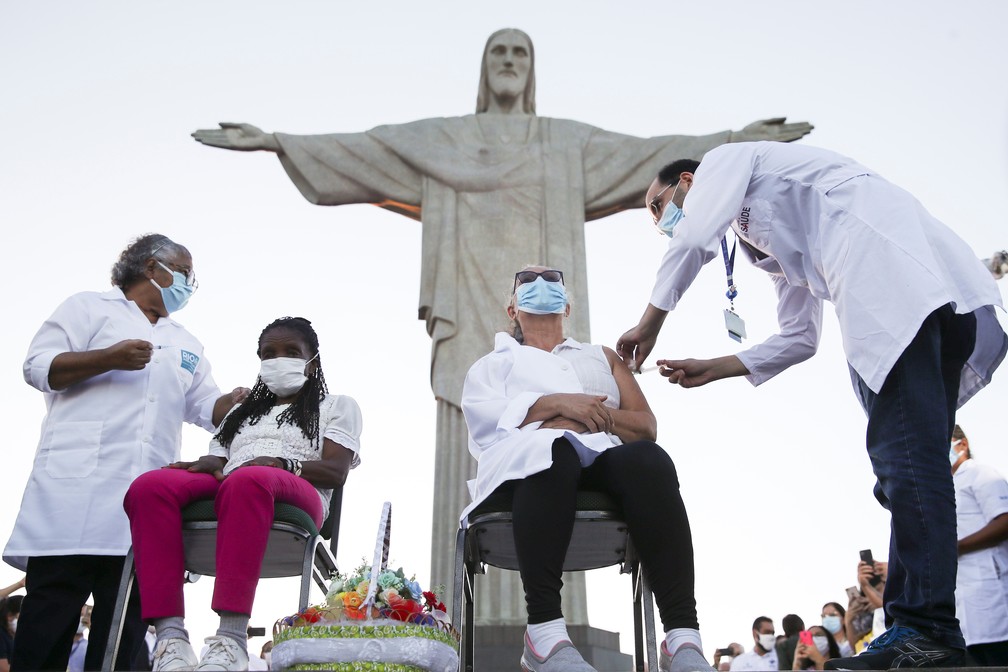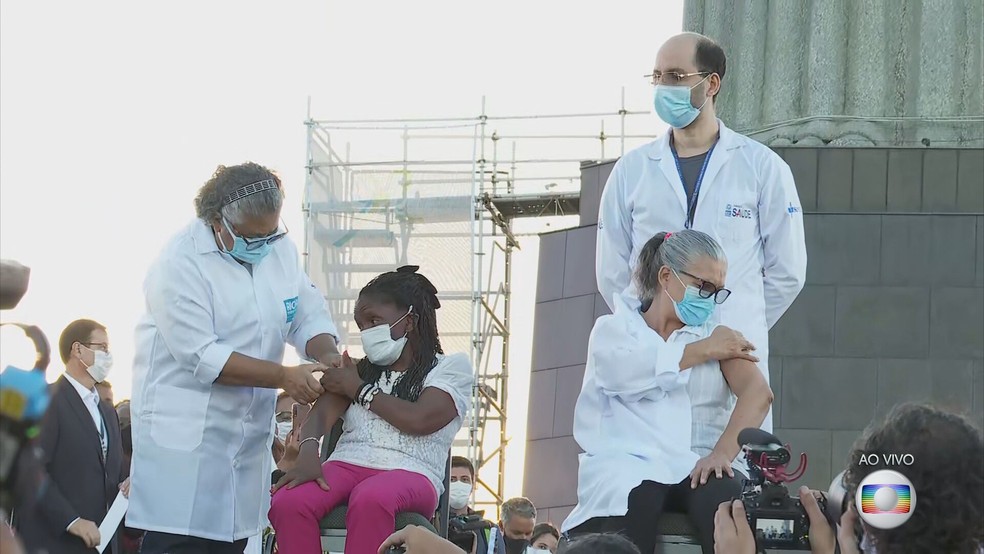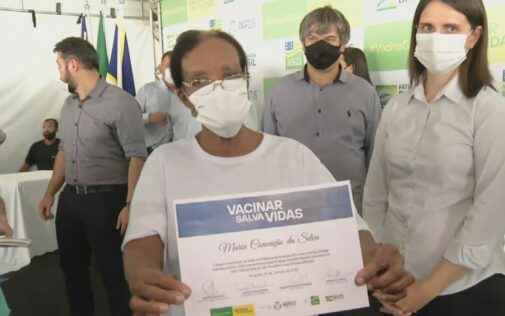January 18, local time, the Kerrivo coronavirus vaccine developed by China Kexing Biopharmaceutical Co., Ltd. was issued from the Butan Institute in São Paulo and successively arrived all parts of Brazil.
Brazilian state governments began a full vaccination overnight after receiving the vaccine.
As of 19:00 local time on the 18th, nine states and federal districts in Brazil had received the coronavirus vaccine distributed by the government on the same day, and many states immediately broadcast the first coronavirus vaccination in the region through the media.
In Rio de Janeiro, an hour after the vaccine arrived, two volunteers received the first dose of the vaccine in Rio’s landmark Kokovado Mountains.
The two are Trezinha, 80 years old from the slum, and Dursina, a 59-year-old nurse.
Dursina has been caring for COVID-19 patients for eight months, working at a hospital in Rio.
They are all at high risk of contracting COVID-19.

The staff inoculated them was Adrian Santos, 71, who was one of the initiators of the Rio Measles and Polio immunization Program in the 1970s.

The first batch of COVID-19 vaccine distributed by the Brazilian federal government to the state of Rio was 487,520 doses, which could provide 232,521 people to vaccinate two doses.
This amount is far from meeting the current needs of the Rio state.
The government of the Rio state warned against queuing up in health centers for vaccination, because the first priority people for vaccines were medical staff working in intensive care and emergency wards in medical institutions, people over 60 years old in nursing homes, disabled people over 18 years old in welfare institutions and currently living in indigenous communities.



